Home>Interior Design>What Is Harmony In Interior Design
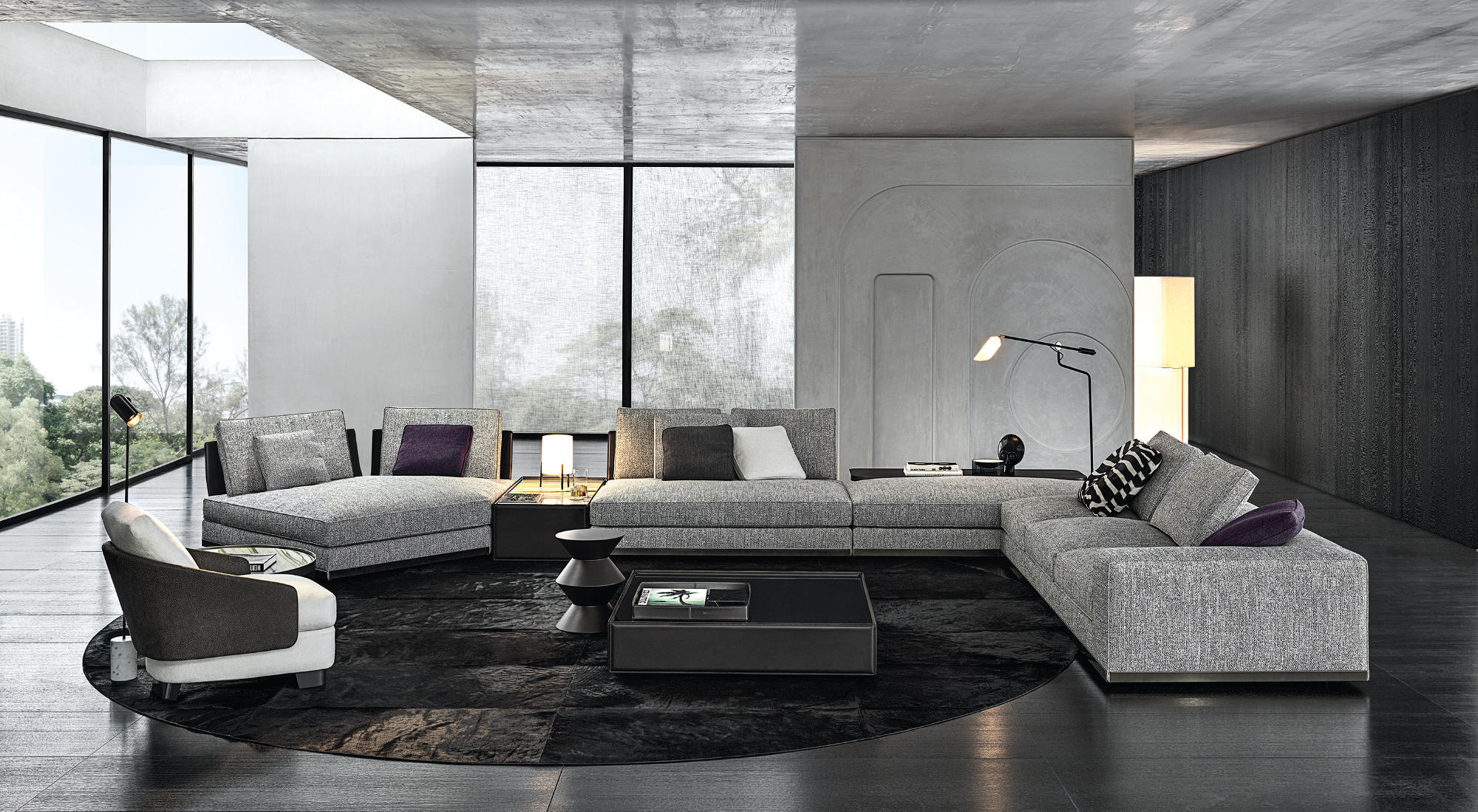

Interior Design
What Is Harmony In Interior Design
Modified: October 20, 2024
Discover the meaning and importance of harmony in interior design. Learn how to create a cohesive and balanced space with our expert tips. Enhance your understanding of interior design
(Many of the links in this article redirect to a specific reviewed product. Your purchase of these products through affiliate links helps to generate commission for Storables.com, at no extra cost. Learn more)
Introduction
Welcome to the world of interior design, where aesthetics and functionality come together to create beautiful and harmonious spaces. Whether you are decorating your home or working on a commercial project, understanding the concept of harmony is crucial. Harmony in interior design refers to the art of blending various elements and principles to create a cohesive and visually pleasing environment.
Harmony is not just about making everything match perfectly; it is about achieving a sense of balance, unity, and coherence throughout the space. When harmony is achieved, the design feels effortless and inviting, creating a sense of comfort and well-being for those who inhabit or visit the space.
In this article, we will delve deeper into the concept of harmony in interior design and explore the elements that contribute to its creation. We will also discuss different ways to create harmony in various interior styles, allowing you to bring a harmonious balance to your own design projects.
Key Takeaways:
- Achieving harmony in interior design involves balancing colors, materials, textures, and patterns to create a visually cohesive and inviting space that promotes comfort and well-being.
- Understanding the specific elements and principles of different interior styles is crucial for creating authentic and harmonious representations of each style in interior design projects.
Understanding Harmony in Interior Design
In the world of interior design, harmony is a fundamental principle that governs the way elements and components work together. It is the careful arrangement of these elements that creates a unified and pleasing visual experience. Achieving harmony involves a blend of intuition, creativity, and a deep understanding of design principles.
Harmony in interior design can be achieved through various techniques and approaches. It is about finding the right balance between different elements such as color, materials, scale, texture, and patterns. When these elements blend seamlessly, they create a sense of unity, order, and flow within the space.
A harmonious interior design is not just visually appealing; it also has a positive impact on the overall atmosphere and functionality of the space. It promotes a sense of calmness, clarity, and coherence, making it comfortable and inviting for occupants.
To understand harmony in interior design, it is essential to explore the different elements that contribute to its creation. These elements work together to establish a balanced and visually cohesive environment. Let’s delve deeper into each of these elements and their significance in achieving harmony in interior design.
Elements of Harmony in Interior Design
Harmony in interior design is achieved through a careful balance and integration of various elements. These elements work together to create a unified and visually pleasing space. Let’s explore the key elements of harmony in interior design:
1. Color Harmony: Colors play a vital role in setting the mood and atmosphere of a space. Creating color harmony involves selecting a color palette that complements each other and creates a cohesive look. This can be achieved through various techniques such as complementary colors, analogous colors, or monochromatic schemes.
2. Material Harmony: The choice of materials in an interior design project can significantly impact the overall harmony. Harmonizing different materials, such as wood, metal, glass, and fabric, can create a cohesive and balanced look. The texture, finish, and visual weight of the materials should also be considered to ensure harmony.
3. Scale and Proportion Harmony: Achieving harmony in interior design requires careful consideration of scale and proportion. Each element, whether it is furniture, lighting, or accessories, should be appropriately sized and placed in relation to the overall space. Balance can be achieved by varying the sizes of objects and maintaining proportional relationships.
4. Texture Harmony: Texture adds depth, visual interest, and tactile appeal to a space. Harmonizing textures involves combining different textures, such as smooth, rough, soft, or glossy, in a way that complements each other. The right balance of textures can create a harmonious and visually rich environment.
5. Pattern Harmony: Patterns can add character and visual excitement to an interior design. Creating pattern harmony involves selecting patterns that work well together and do not compete for attention. The scale, color, and style of patterns should be carefully considered to create a cohesive and harmonious look.
By considering and harmonizing these elements, an interior designer can create spaces that feel well-balanced and visually pleasing. Achieving harmony in interior design is not about rigid rules, but rather a careful blend of these elements to create a unified and cohesive environment.
Color Harmony
Color harmony is a fundamental aspect of achieving harmony in interior design. The proper use of color can create a unified and visually pleasing environment. Color choices can evoke certain moods and emotions, influence the perception of space, and impact the overall atmosphere of a room.
To create color harmony, it is important to consider various color schemes and their relationships. Here are some popular color schemes used in interior design:
1. Complementary Colors: Complementary colors are opposite each other on the color wheel. For example, red and green, blue and orange, or yellow and purple. Using complementary colors creates a vibrant and energetic look, as the contrasting colors enhance each other when placed together.
2. Analogous Colors: Analogous colors are adjacent to each other on the color wheel. For example, blue, blue-green, and green. Using analogous colors creates a harmonious and cohesive look, as they share similar undertones and create a sense of unity.
3. Monochromatic Colors: Monochromatic color schemes involve using different shades, tones, and tints of a single color. This creates a serene and sophisticated look, as the variation in lightness and saturation adds depth and visual interest.
4. Triadic Colors: Triadic colors are evenly spaced around the color wheel. For example, red, blue, and yellow. Using triadic colors creates a vibrant and balanced look, as the three colors provide a high level of contrast while maintaining overall harmony.
When selecting colors for a space, it is important to choose colors that complement each other and create a cohesive look. This can be done by considering factors such as the purpose of the room, the amount of natural light available, and the existing colors in the space.
In addition to the color scheme, the intensity and saturation of the colors should also be considered. A harmonious color palette can include a mix of bold, saturated colors as well as softer, more muted tones. It is important to strike a balance and create a visual flow throughout the space.
To create color harmony, consider using a dominant color as the main hue in the space, and then incorporate secondary and accent colors to add depth and interest. Experiment with different combinations and consider how the colors will interact with the other elements in the room, such as furniture, fabrics, and accessories.
Remember, color harmony is all about creating a sense of balance, unity, and visual appeal. By choosing a color scheme that harmonizes well with the overall design concept and considering the emotional impact of colors, you can create a harmonious environment that is visually stunning and supports the desired ambiance of the space.
Material Harmony
Material harmony is an essential element in creating a visually cohesive and harmonious interior design. The choice and combination of materials can greatly impact the overall aesthetic and atmosphere of a space. It is important to consider the texture, color, pattern, and visual weight of materials to achieve a harmonious balance.
When selecting materials for an interior design project, it is essential to choose those that complement each other and work together seamlessly. Here are some tips for achieving material harmony in your design:
1. Consistency in Style: Stick to a consistent design style when selecting materials. Whether you are going for a modern, rustic, or traditional look, make sure the chosen materials align with the overall design concept. Mixing too many conflicting styles can create a cluttered and disjointed look.
2. Complementary Textures: Consider the texture of materials and how they interact with each other. Combining materials with contrasting textures, such as rough and smooth, can create visual interest and add depth to the space. For example, pairing a sleek glass tabletop with a rustic wooden base can create a harmonious blend of textures.
3. Color Coordination: Pay attention to the color palette of your chosen materials. Coordinate colors that complement each other, ensuring they work well together and create a cohesive look. Consider how the colors of the materials will interact with other elements in the space, such as walls, furniture, and accessories.
4. Balance Visual Weight: Visual weight refers to how much a material visually dominates a space. Heavy materials, such as dark woods or stone, can create a sense of solidity and permanence, while lighter materials, like glass or acrylic, can create a more airy and open feel. Strive for a balance of visual weight to create a harmonious composition.
5. Harmonize Patterns: If using materials with patterns, ensure they harmonize with each other. Consider the scale, style, and complexity of the patterns to avoid overwhelming the space. If using multiple patterns, choose one dominant pattern and use others as accents to maintain a sense of balance.
Remember, material harmony is about creating a cohesive and visually pleasing composition. By carefully selecting and combining materials that work well together, you can achieve a harmonious design that enhances the overall aesthetic and atmosphere of the space. Experiment with different combinations and textures to find the perfect blend for your interior design project.
Read more: What Is Interior Design?
Scale and Proportion Harmony
Scale and proportion harmony play a vital role in creating a visually pleasing and harmonious interior design. The proper balance and relationship between the size and placement of elements can greatly impact the overall aesthetic and functionality of a space.
When considering scale and proportion in interior design, there are a few key principles to keep in mind:
1. Consider the Size of the Space: The scale of furniture and accessories should be proportionate to the size of the room. A large sofa in a small living room can make the space feel cramped, while tiny furniture in a large room may appear insignificant. Consider the dimensions of the room and choose furnishings and decor that are appropriate for the space.
2. Create Visual Balance: Create balance within a room by distributing visual weight evenly. For example, if you have a large piece of furniture on one side of the room, balance it out with a grouping of smaller objects on the opposite side. This creates a sense of equilibrium and prevents the room from feeling lopsided.
3. Proportional Relationships: Elements within a space should have a proportional relationship to each other. For example, a coffee table should be in proportion to the size of the sofa and other seating in the room. Consider how different elements relate to each other in terms of height, width, and depth to create a harmonious composition.
4. Vary Scale for Visual Interest: While it is important to maintain overall harmony, varying the scale of objects can add visual interest to a space. Mix different sizes of furniture and accessories to create depth and dimension. However, be mindful of maintaining a sense of proportion and avoiding extremes that could disrupt the visual balance.
5. Consider Human Scale: Designing with human scale in mind is crucial to creating a comfortable and functional space. Consider the ergonomics and usability of furniture and ensure that seating and surfaces are at the right height for the intended use. This will create a harmonious and user-friendly environment.
By paying attention to scale and proportion, you can create a harmonious interior design that feels well-balanced and visually pleasing. Keep in mind the size and dimensions of the space, create visual balance, maintain proportional relationships, vary scale for interest, and consider human scale. These principles will guide you in achieving scale and proportion harmony in your designs, resulting in a space that is both aesthetically pleasing and functional.
Texture Harmony
Texture is a powerful and often overlooked element in interior design. It adds depth, visual interest, and tactile appeal to a space. Achieving texture harmony involves selecting and combining different textures in a way that creates a cohesive and balanced look.
When incorporating texture into your interior design, consider the following tips:
1. Mix Different Textures: Combining various textures can create a visually stimulating and harmonious space. Think about incorporating rough and smooth textures, such as pairing a rough-textured brick wall with a sleek, smooth leather sofa. The contrast between different textures adds visual interest and creates a dynamic composition.
2. Consider Visual and Tactile Texture: Texture can be both visual and tactile. Visual texture refers to the perceived texture of a surface, while tactile texture can be physically felt. When selecting textures, consider how they will be experienced both visually and through touch. This will add an extra layer of depth and sensory appeal to the design.
3. Balance Coarse and Delicate Textures: Look for a balance of coarse and delicate textures to create texture harmony. Too many coarse textures can create a heavy and overwhelming feel, while too many delicate textures may result in a space that feels too fragile. Aim for a balanced combination to achieve a cohesive and visually pleasing design.
4. Consider the Mood of the Space: Different textures can evoke different moods and emotions. Rough textures can give a space an earthy, rustic feel, while smooth textures can contribute to a sleek and contemporary ambiance. Consider the desired atmosphere and style of the space when selecting textures to ensure harmony between the texture and the overall design concept.
5. Repeat Textures: Repeating textures throughout a space creates a sense of unity and harmony. This can be achieved by using similar textures on different surfaces or by incorporating elements that have the same texture. The repetition of textures helps to create a consistent and cohesive visual experience.
Texture harmony adds dimension and visual interest to an interior design. By mixing different textures, considering visual and tactile texture, balancing coarse and delicate textures, aligning textures with the mood of the space, and repeating textures, you can create a harmonious and visually appealing environment. Experiment with different textures and combinations to find the perfect mix for your design project.
When creating harmony in interior design, consider using a consistent color palette, balancing different elements, and incorporating repetition and rhythm to create a cohesive and visually pleasing space.
Pattern Harmony
Patterns have the power to bring life, energy, and visual interest to an interior space. Creating pattern harmony involves using different patterns in a way that complements each other and creates a cohesive and balanced design aesthetic.
Here are some tips for achieving pattern harmony in your interior design:
1. Choose a Dominant Pattern: Start by selecting a dominant pattern that will serve as a focal point in the space. This pattern will set the tone and style for the rest of the design. It could be a large-scale floral print on a wallpaper, a bold geometric pattern on a rug, or even a subtle textured design on upholstery.
2. Consider Scale and Proportion: Varying the scale of patterns adds depth and visual interest. Mix larger-scale patterns with smaller-scale ones to create a balanced and harmonious composition. Be mindful of the size of the space and the intended impact of the pattern on the overall design.
3. Coordinate Colors: Colors play a significant role in pattern harmony. Choose patterns that share similar color palettes or hues to create a cohesive and unified look. Consider the color relationships between different patterns, as well as how they interact with other elements in the space, such as furniture, walls, or accessories.
4. Mix Pattern Types: Experiment with different types of patterns to create variety and interest. Mix geometric patterns with organic or floral designs to create a dynamic and visually engaging space. Consider the style and mood you want to achieve and select patterns that align with that vision.
5. Balance Pattern Density: Consider the density and visual weight of different patterns. Balance bolder, busier patterns with more subdued or neutral ones to avoid overwhelming the space. Create a sense of rhythm and flow by interspersing patterns throughout the room, rather than clustering them in one area.
Remember, pattern harmony is about finding the right balance between different patterns. By choosing a dominant pattern, considering scale and proportion, coordinating colors, mixing pattern types, and balancing pattern density, you can create a visually cohesive and harmonious interior design. Don’t be afraid to experiment and have fun with patterns to add personality and interest to your space.
Harmony through Balance
Balance is a key principle in interior design that helps create a harmonious and visually appealing space. It refers to the distribution of visual weight in a room, ensuring that no single element overpower the others. Achieving balance brings a sense of equilibrium and stability to the overall design.
There are different types of balance that can be utilized in interior design:
1. Symmetrical Balance: Symmetrical balance, also known as formal balance, is achieved when two halves of a space mirror each other in terms of shape, size, and placement of elements. This creates a sense of order and stability. For example, placing identical sofas and matching side tables on either side of a fireplace.
2. Asymmetrical Balance: Asymmetrical balance, also known as informal balance, is achieved by distributing visual weight unevenly. It involves using different objects, colors, and textures to create a balanced composition. For example, pairing a large piece of furniture with several smaller pieces to create a sense of equilibrium.
3. Radial Balance: Radial balance is achieved when elements radiate outwards from a central point. This can be seen in round dining tables with chairs arranged around them or in the positioning of art pieces in a circular pattern. Radial balance creates a dynamic and harmonious focal point in a space.
Balance can also be achieved through the use of color, texture, and pattern. Each element can contribute to the overall visual weight and balance within a room. By considering the proportions, placement, and distribution of these elements, a designer can create a harmonious and balanced composition.
The key to achieving balance is to pay attention to the relationship between different objects and elements in a space. Consider the size, shape, color, and visual weight of each component and how they interact with each other. Avoid overcrowding one area of the room or having too many focal points that compete for attention.
Remember, balance is not about strict symmetry, but rather a sense of visual harmony and equilibrium. It is about creating a space that feels grounded, stable, and inviting. By understanding and applying the principles of balance, you can achieve a harmonious interior design that is pleasing to the eye and creates a comfortable and appealing atmosphere.
Read more: What Is Contemporary Interior Design
Harmony through Unity
Unity is a fundamental principle in interior design that creates a cohesive and harmonious overall look. It is achieved when all elements within a space work together in a unified manner, creating a sense of completeness and harmony. Unity brings a sense of consistency, flow, and purpose to the design, ensuring that all components are visually connected and aligned.
To achieve harmony through unity in interior design, consider the following aspects:
1. Consistent Design Style: Select a specific design style or theme and maintain consistency throughout the space. Whether it is modern, traditional, eclectic, or minimalist, ensure that the furniture, colors, patterns, and accessories align with the chosen style. This creates a unified and harmonious look.
2. Repetition of Elements: Repeat certain elements throughout the space to create a sense of unity. This can be done through repeating colors, patterns, materials, or shapes. For example, using the same type of wood for furniture, or incorporating a specific accent color in different areas of the room.
3. Cohesive Color Palette: Use a consistent color palette that ties all elements together. Choose colors that complement each other and evoke the desired mood of the space. The colors should flow seamlessly from one area to another, creating a unified and harmonious visual experience.
4. Consistent Lighting Design: Lighting plays a crucial role in setting the mood and enhancing the overall design. Create unity by using consistent lighting fixtures and coordinating their placement throughout the space. Make sure the lighting design complements the overall style and purpose of the room.
5. Thoughtful Arrangement: Arrange furniture and accessories in a way that promotes unity and cohesion. Consider the flow of movement, balance proportions, and create harmonious spatial arrangements. Each piece should have a purpose and contribute to the overall functionality and aesthetic of the space.
By striving for unity in your interior design, you can create an environment that feels cohesive, well-balanced, and visually appealing. Unity ensures that all elements work together seamlessly, creating a harmonious and inviting space. Consider consistent design style, repetition of elements, cohesive color palette, consistent lighting design, and thoughtful arrangement to achieve harmony through unity in your design projects.
Harmony through Contrast
Contrast is a powerful design principle that, when used effectively, can create a harmonious and visually striking interior design. It involves the deliberate juxtaposition of different elements to create a sense of balance, interest, and depth. By incorporating contrast, you can highlight specific features, create focal points, and add visual excitement to a space.
Here are some ways to achieve harmony through contrast in your interior design:
1. Color Contrast: One of the easiest ways to create contrast is through the use of color. Pairing colors that are opposites on the color wheel, such as black and white, creates a bold and striking contrast. Incorporating vibrant accent colors against a neutral backdrop can also create a visually pleasing contrast.
2. Material Contrast: Contrast can be achieved through the use of different materials. Combining rough and smooth textures, such as pairing a soft velvet sofa with a sleek glass coffee table, creates an interesting visual contrast. Mixing materials like wood and metal or matte and glossy finishes can also add depth and complexity to a space.
3. Scale Contrast: Varying the size and scale of objects in a space can create contrast and visual interest. Combining oversized furniture with smaller, delicate accessories can create a dramatic contrast. The contrast in scale can add depth and create a sense of hierarchy within the space.
4. Pattern Contrast: Introducing pattern contrast can add excitement and visual complexity to a design. Pairing bold, geometric patterns with subtle, organic patterns can create an interesting visual contrast. Mixing different types of patterns, such as stripes with florals or chevrons with polka dots, can also create a dynamic and harmonious contrast.
5. Light and Dark Contrast: Contrast between light and dark elements can create a strong visual impact. Playing with light and shadow can add depth and create a sense of drama in a space. Incorporating light-colored furnishings against a dark backdrop or using strategic lighting to highlight specific areas can create a striking contrast.
Contrast should be used thoughtfully and purposefully to enhance the overall design. It is important to strike a balance between contrasting elements to create harmony and avoid overwhelming the space. By incorporating contrast in color, material, scale, pattern, and light and dark, you can achieve a visually stunning and harmonious interior design that captivates the senses.
Creating Harmony in Different Interior Styles
Harmony can be achieved in various interior design styles by considering the specific characteristics and principles of each style. Each style has its own unique elements, and finding a harmonious balance within these elements is key to creating a cohesive and visually pleasing space. Let’s explore how harmony can be created in different interior styles:
1. Modern Style: In modern interior design, harmony is achieved through simplicity, clean lines, and a focus on functionality. To create harmony in a modern space, maintain a minimalist approach with a limited color palette and smooth surfaces. Use materials like glass, metal, and concrete to create a sense of unity and consistency throughout the space. Balance the open floor plan with carefully selected furniture and accent pieces that complement each other in terms of scale, color, and design.
2. Traditional Style: Traditional interior design emphasizes elegance, rich textures, and timeless appeal. Creating harmony in a traditional space involves coordinating colors, patterns, and materials. Use a cohesive color scheme with warm, earthy tones and incorporate patterns like florals, damasks, or plaids. Choose furniture and accessories with classic designs, and ensure that they complement each other in terms of style and proportion.
3. Scandinavian Style: Scandinavian design is known for its simplicity, light colors, and functional aesthetics. Harmony in a Scandinavian interior can be achieved by using a neutral color palette with pops of muted pastels. Focus on natural materials like light woods and integrate texture through soft textiles. Embrace clean lines and minimal adornments, while ensuring that furniture and decor harmonize in terms of scale and proportion.
4. Industrial Style: Industrial design embraces raw, unfinished elements and a combination of metal and wood. Harmony in an industrial space can be created by balancing the roughness of exposed brick walls or concrete floors with softer elements like cozy textiles and warm lighting. Choose furniture with an industrial aesthetic and ensure that they complement the overall design scheme in terms of color and scale.
5. Bohemian Style: Bohemian interiors are characterized by a mix of colors, patterns, and textures. To create harmony in a bohemian space, start with a base neutral color and layer it with vibrant, eclectic elements. Mix patterns like florals, stripes, and geometric prints while ensuring they share a common color palette. Embrace natural materials, such as rattan or macramé, and integrate global-inspired accents to maintain a cohesive bohemian vibe.
Remember, creating harmony in different interior styles involves understanding the principles and characteristics of each style and finding a balance within them. Whether it’s modern, traditional, Scandinavian, industrial, or bohemian, aim to create a cohesive and visually appealing space where all elements work together harmoniously.
Conclusion
Achieving harmony in interior design is a multifaceted pursuit that involves careful consideration of various elements and principles. By understanding and applying concepts such as color harmony, material harmony, scale and proportion harmony, texture harmony, pattern harmony, balance, unity, contrast, and considering the specific characteristics of different interior styles, you can create a harmonious and visually pleasing space.
Harmony in interior design goes beyond simply making everything match perfectly. It is about finding the right balance, creating a sense of unity, and promoting a visually cohesive environment. When harmony is achieved, a space feels inviting, comfortable, and aesthetically pleasing.
The choice of colors, materials, textures, patterns, and how they are combined and balanced play a critical role in creating harmony. Consistency, repetition, and thoughtful arrangement contribute to a harmonious composition, while variations in scale, contrast, and the use of different elements add interest and depth.
Whether you are designing a modern, traditional, Scandinavian, industrial, or bohemian space, it is important to understand the specific elements and principles that define each style. By aligning your design choices with the core principles of the style, you can create a harmonious and authentic representation of that style.
In conclusion, achieving harmony in interior design requires a balance of intuition, creativity, and a deep understanding of the principles and elements at play. By incorporating these principles into your design process, you can create spaces that are not only visually stunning but also functional and inviting, leaving a lasting impression on all who experience them. So go ahead, embrace harmony in your interior design endeavors and create spaces that inspire and uplift.
Frequently Asked Questions about What Is Harmony In Interior Design
Was this page helpful?
At Storables.com, we guarantee accurate and reliable information. Our content, validated by Expert Board Contributors, is crafted following stringent Editorial Policies. We're committed to providing you with well-researched, expert-backed insights for all your informational needs.
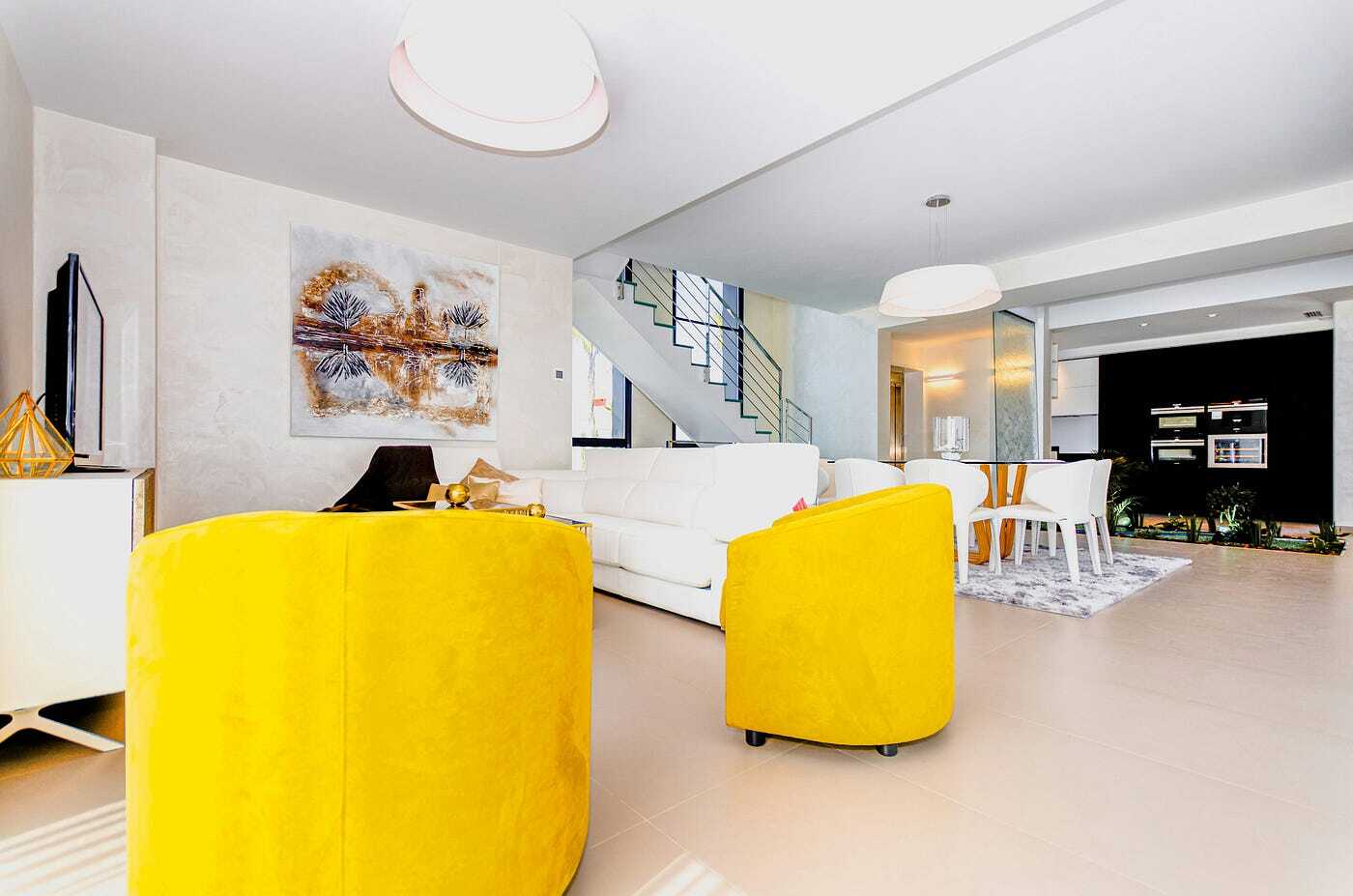
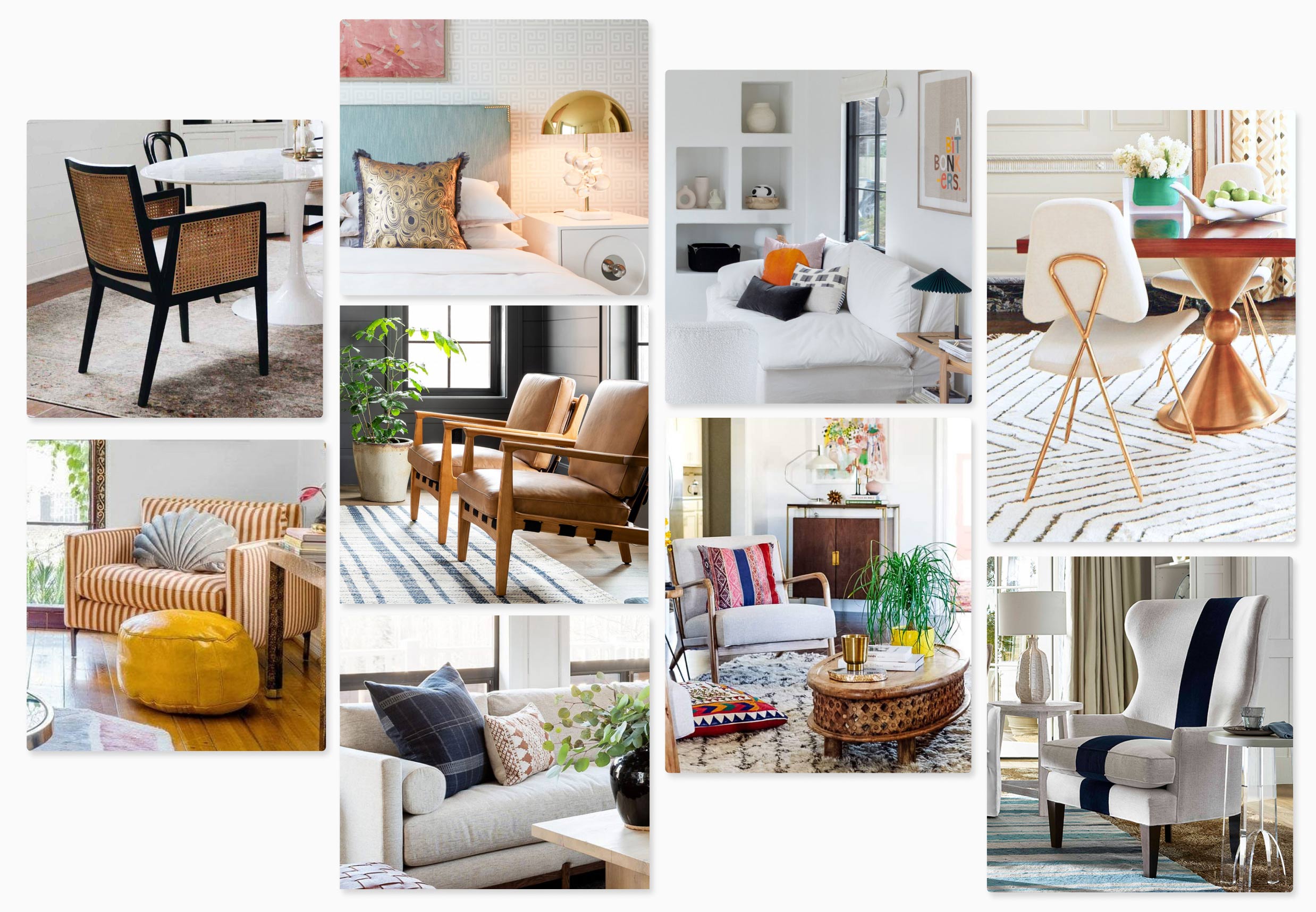
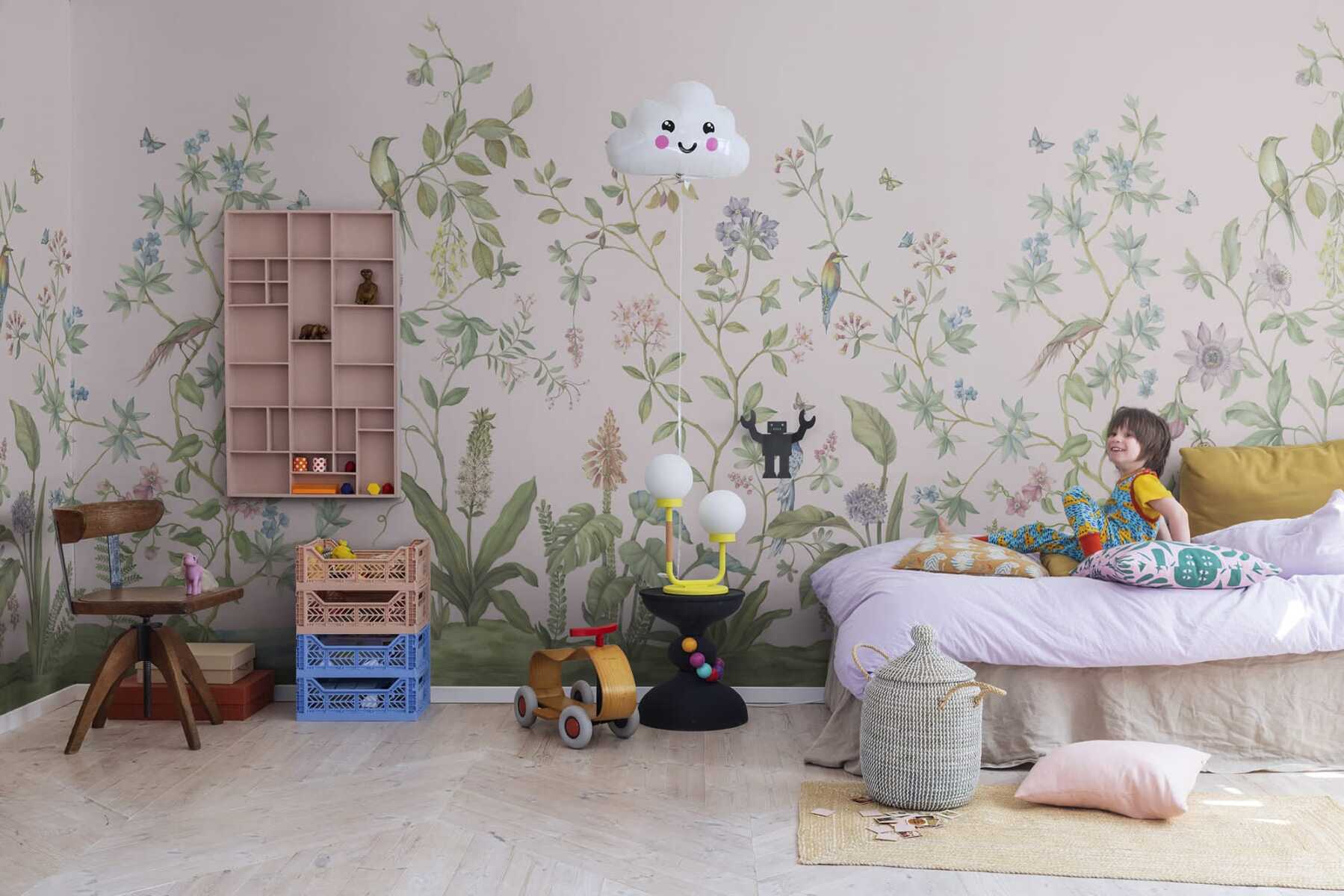
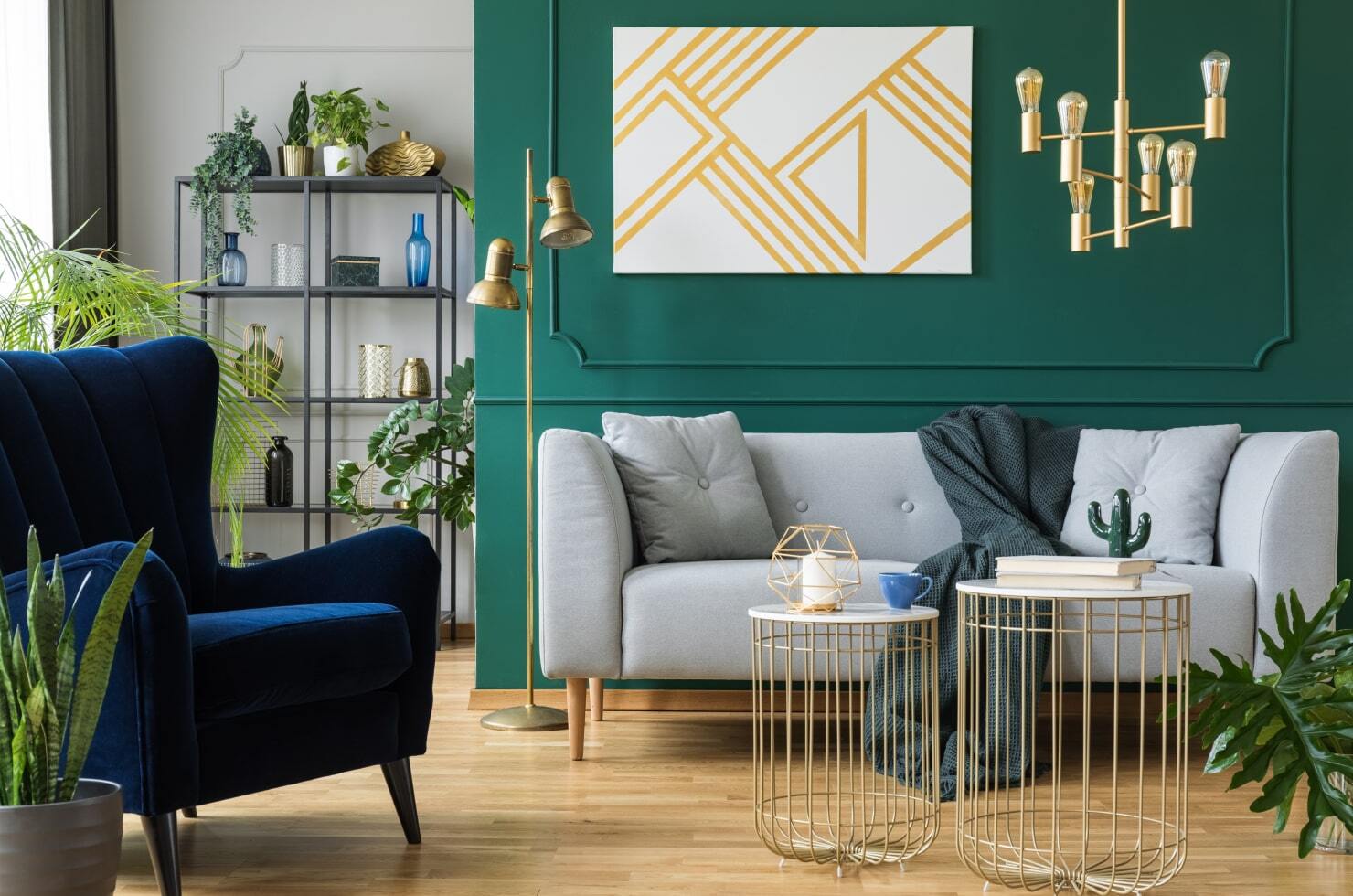
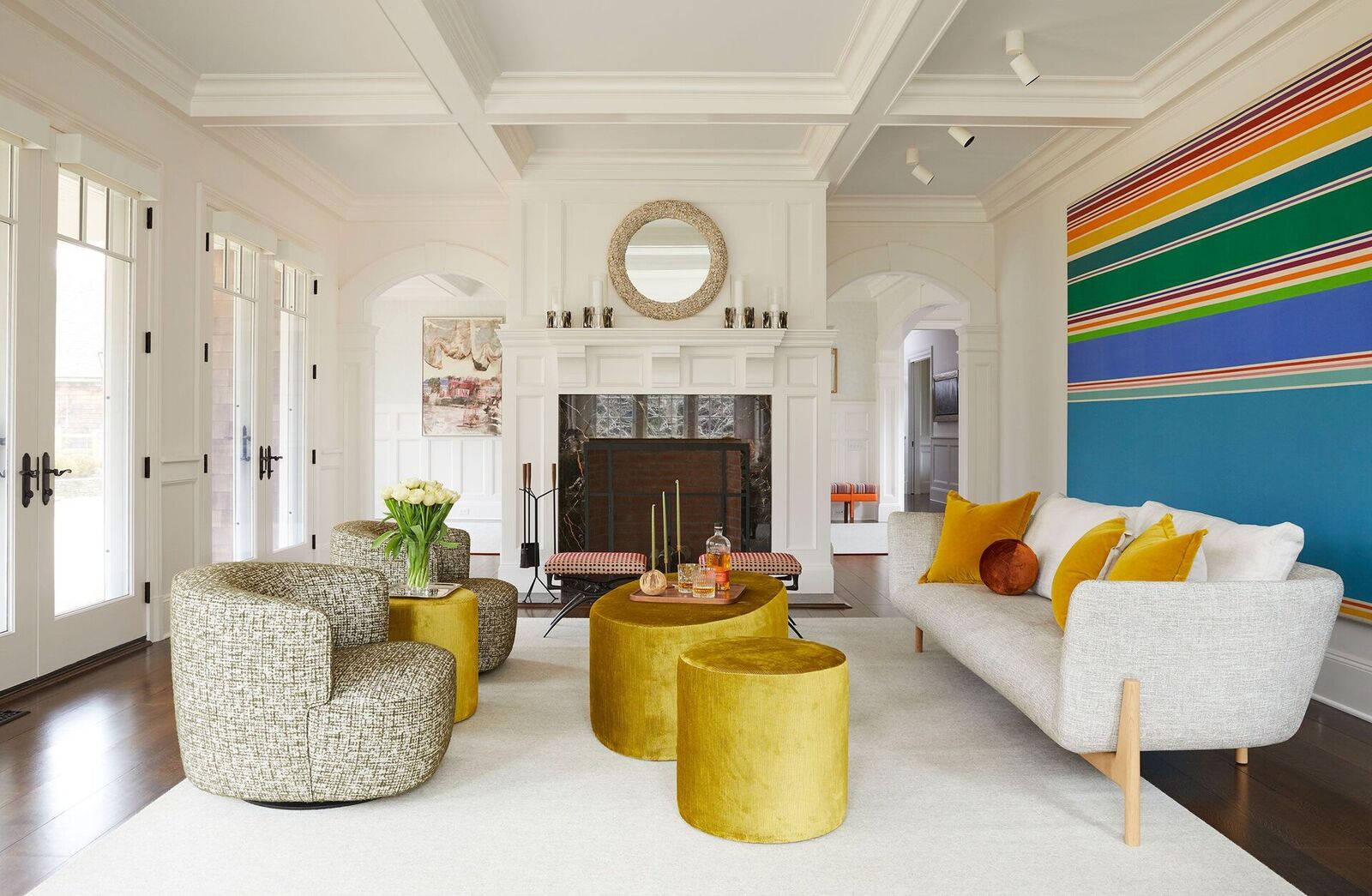
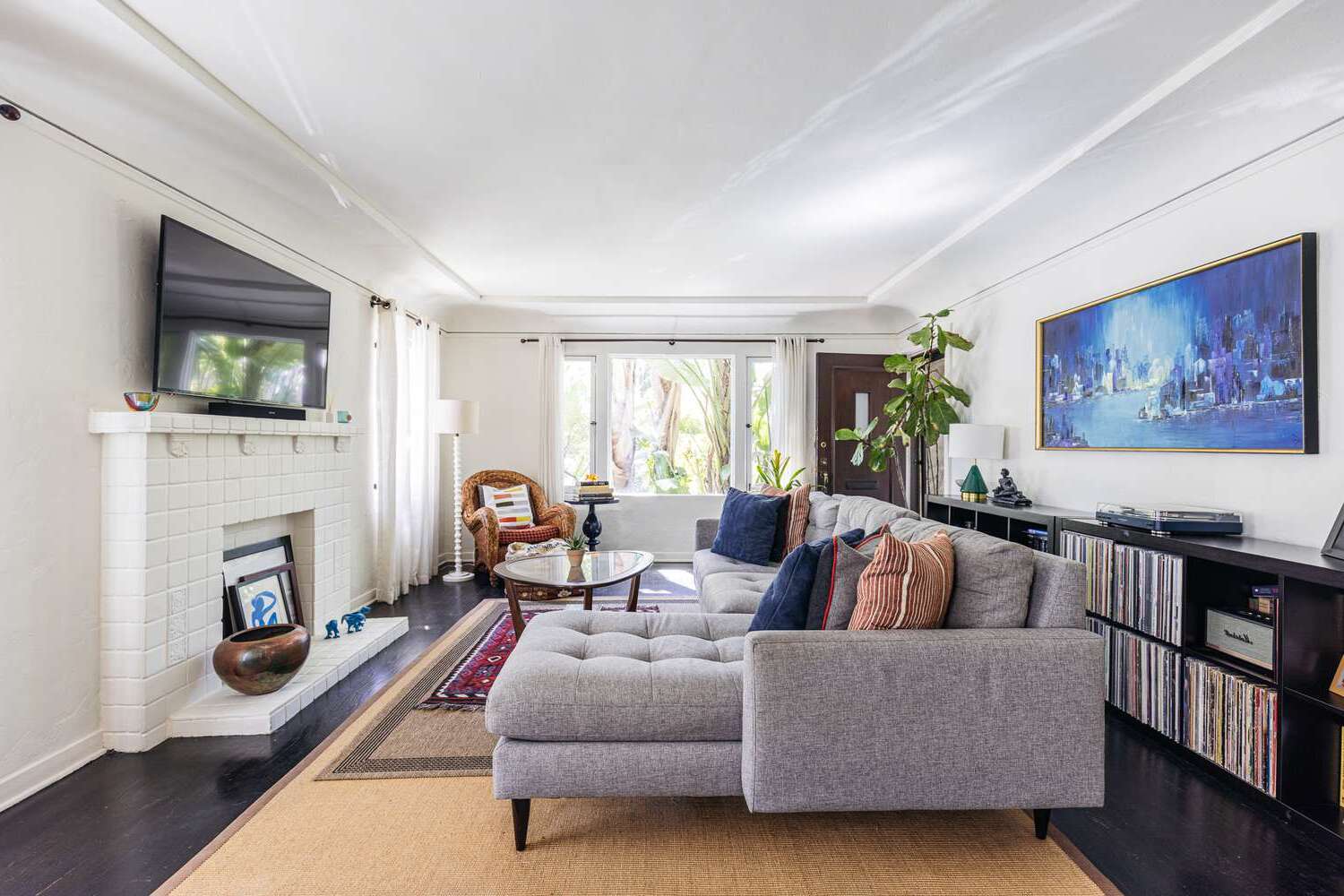
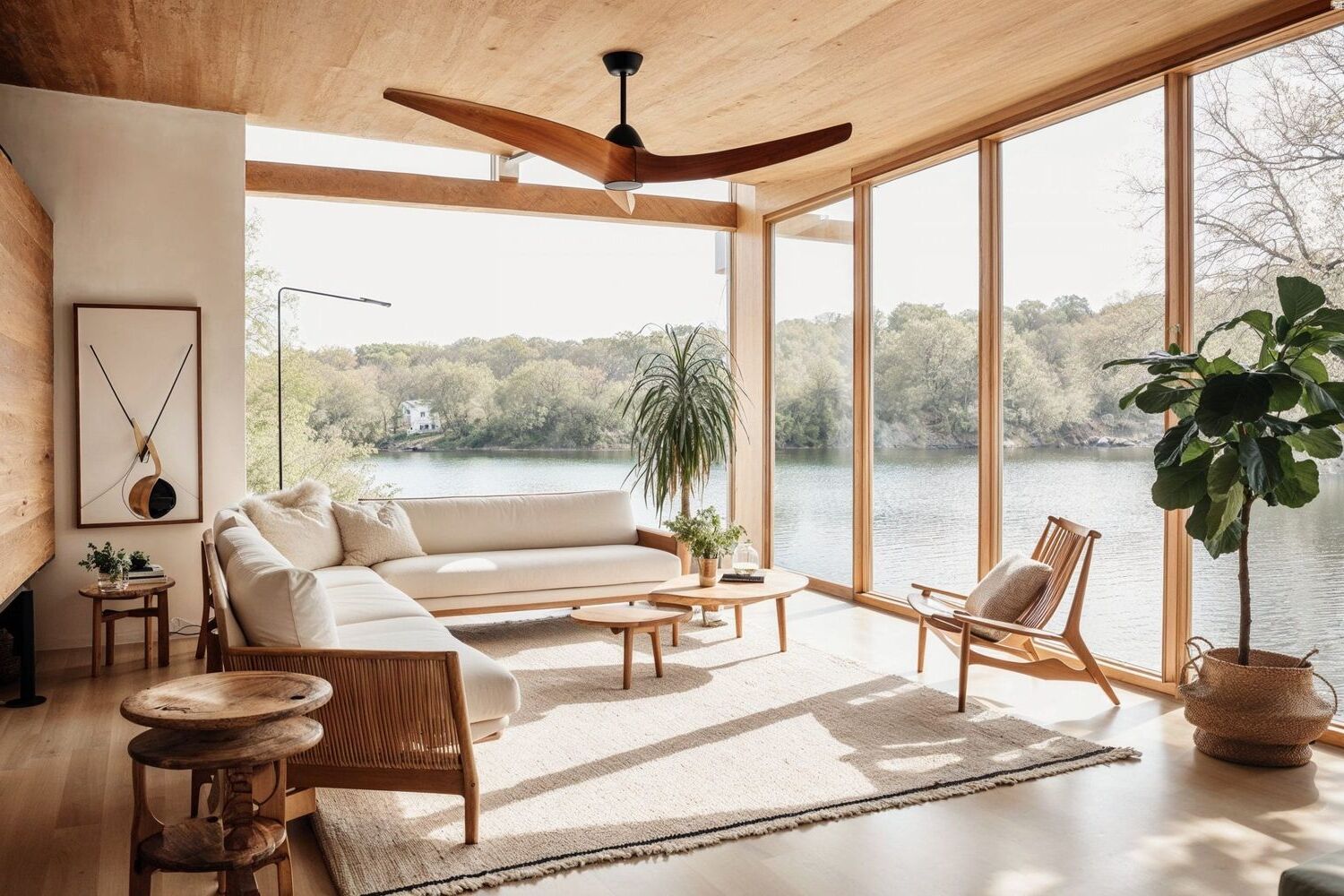
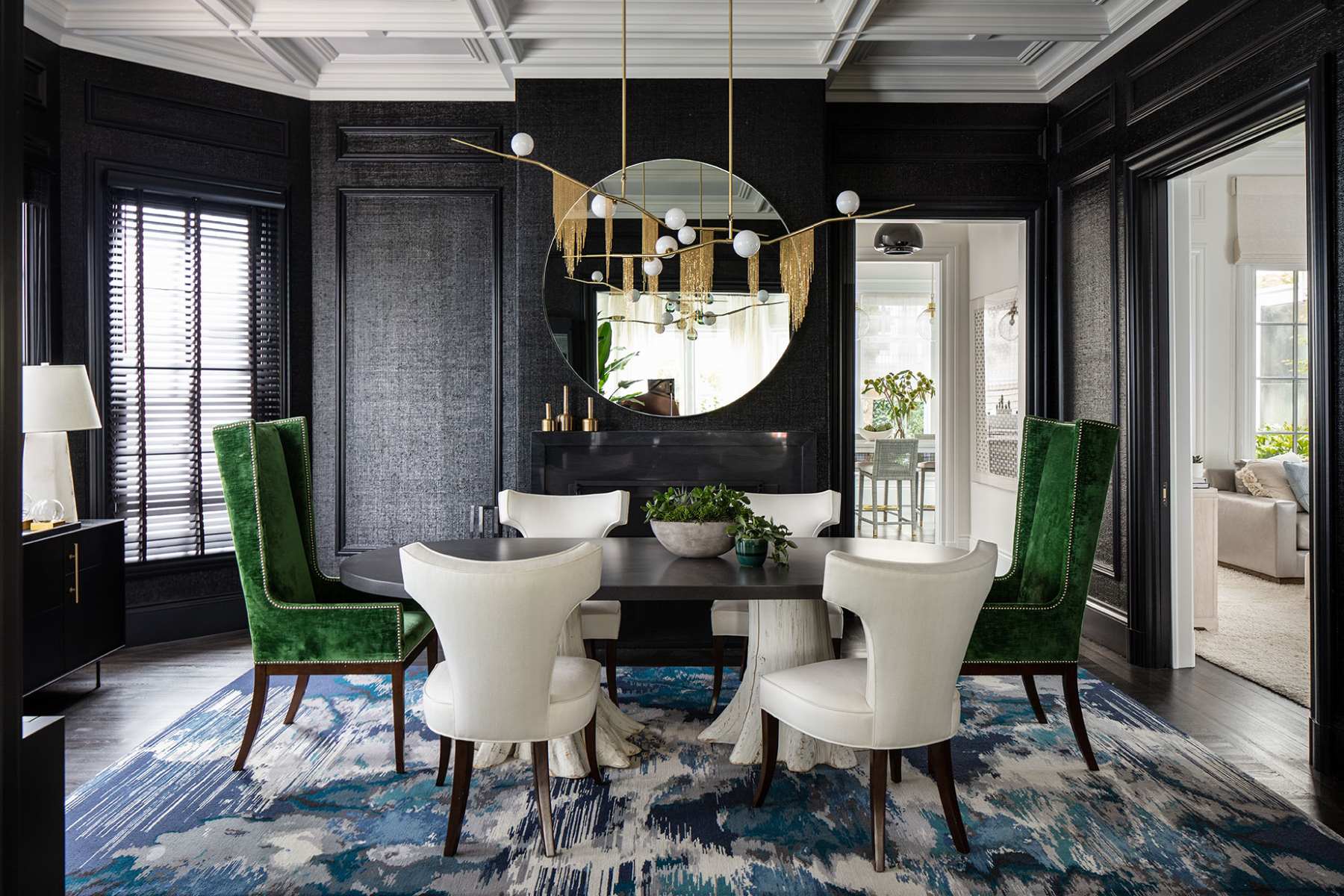
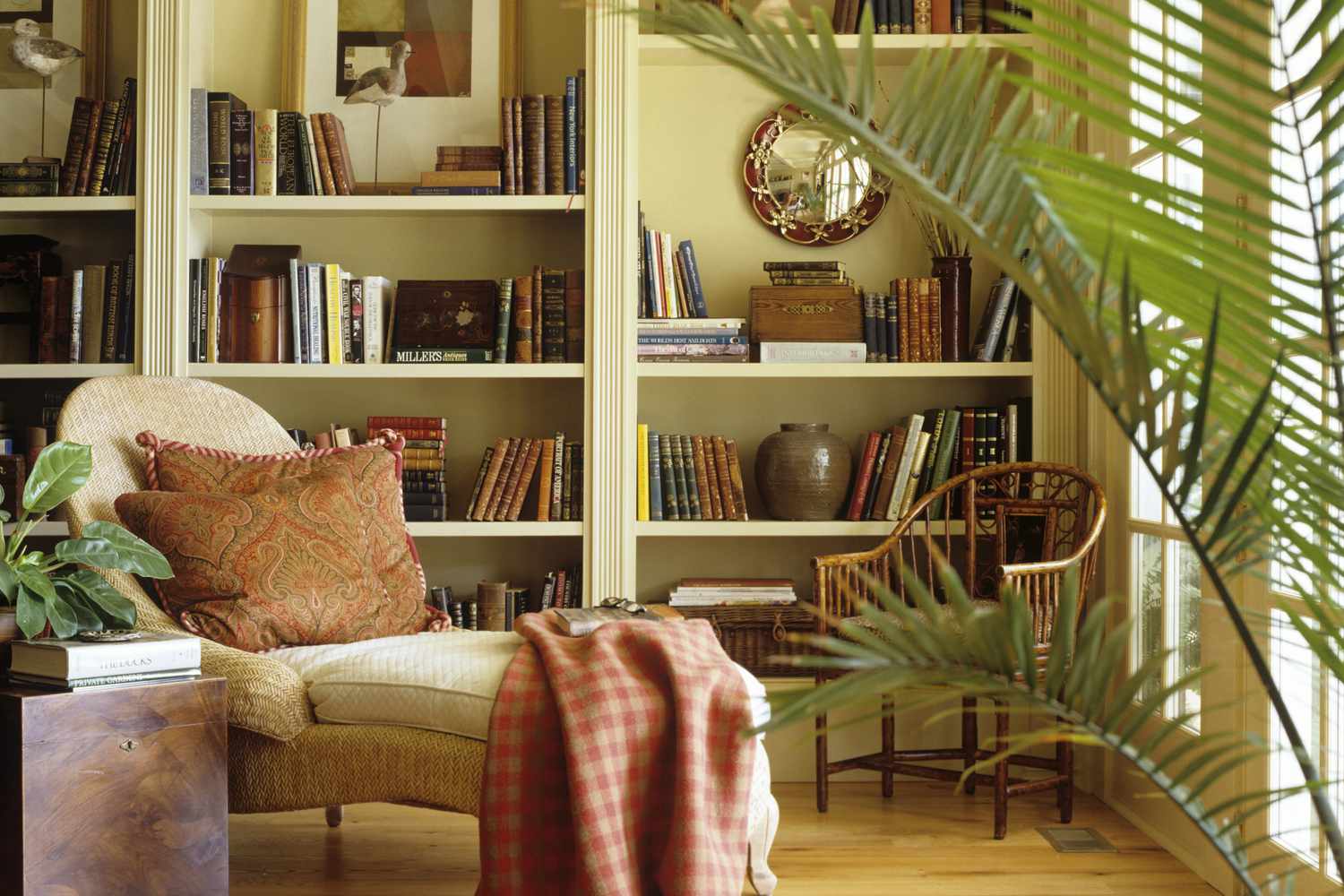
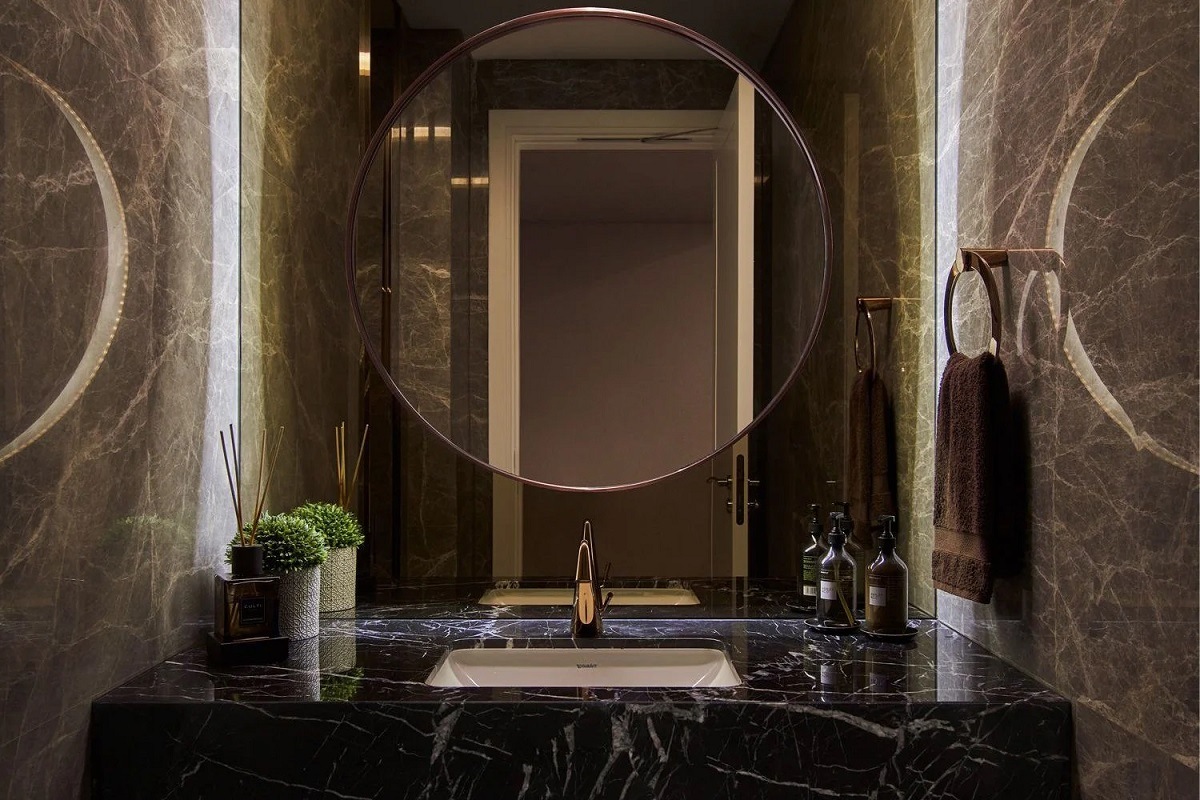
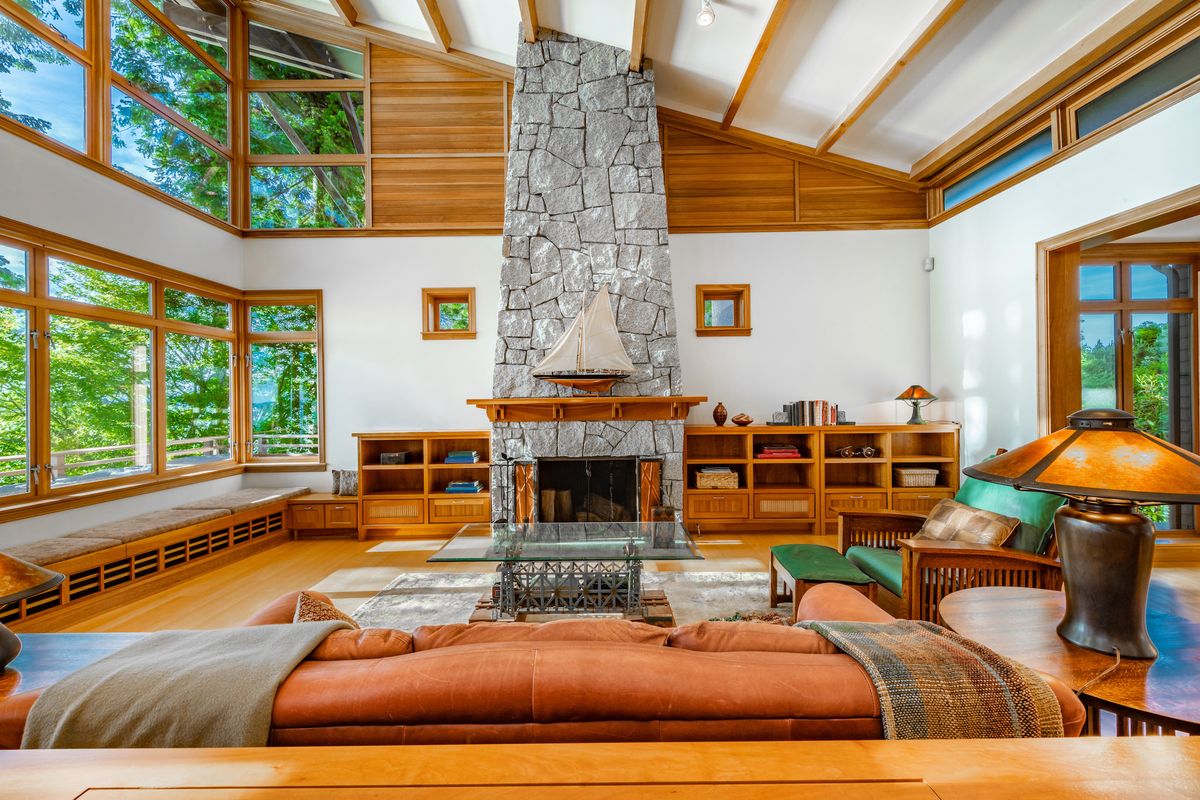
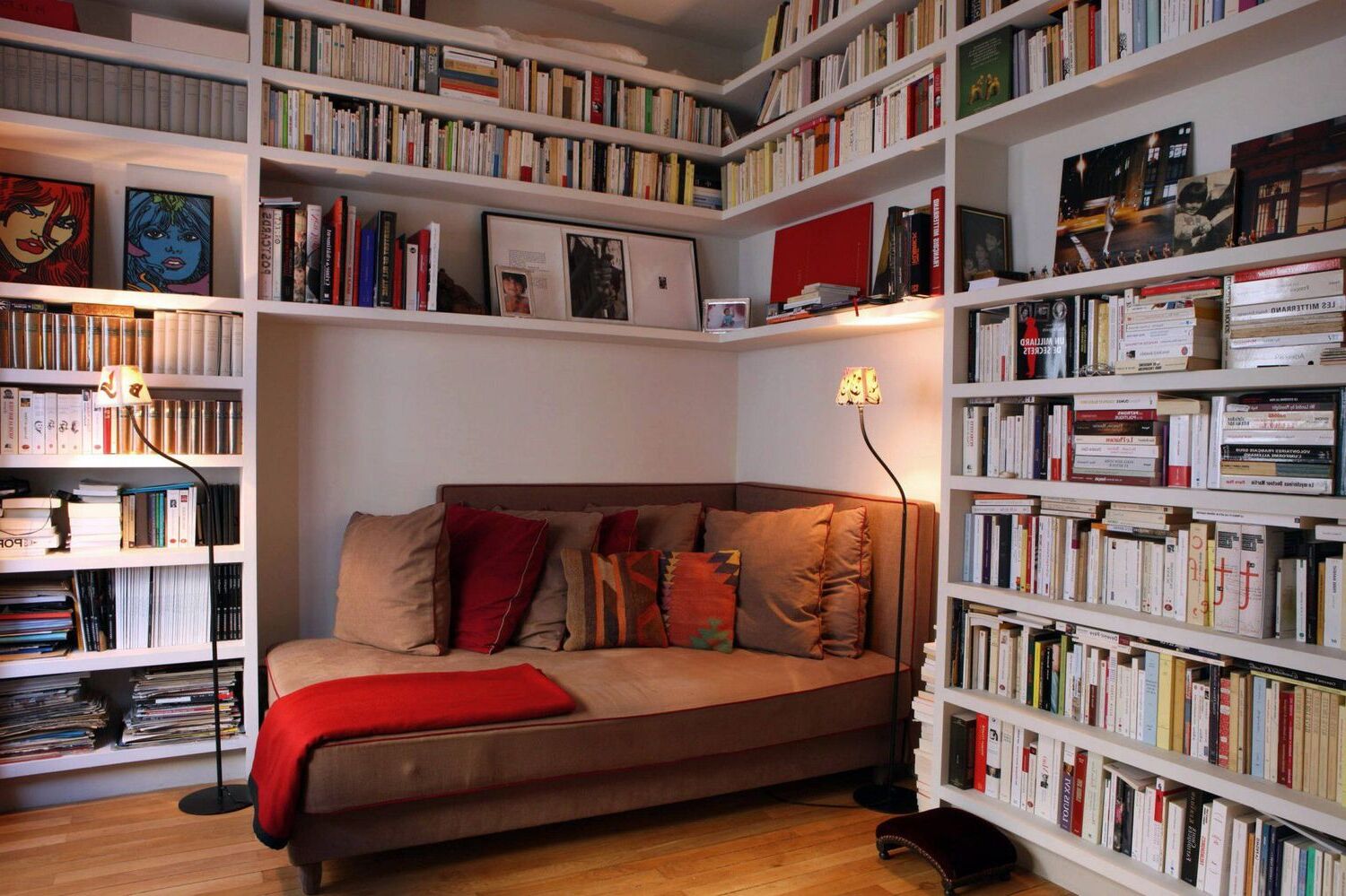
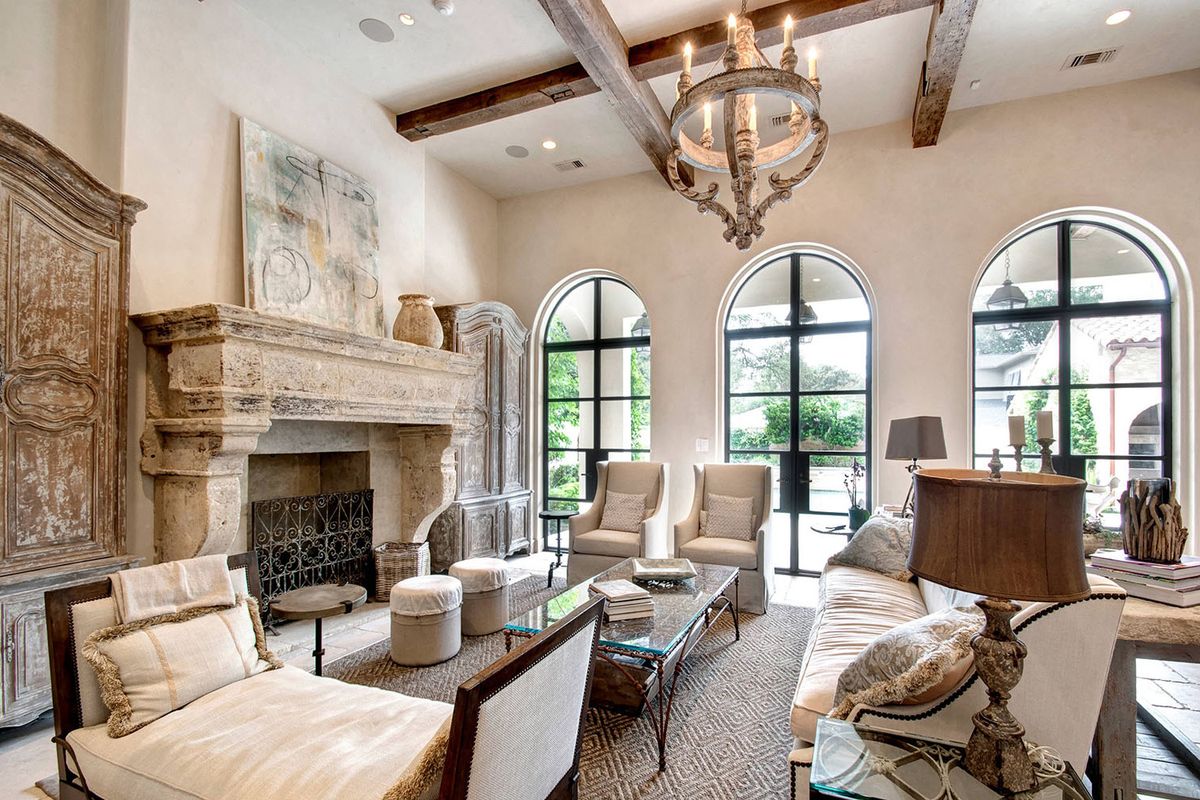

0 thoughts on “What Is Harmony In Interior Design”